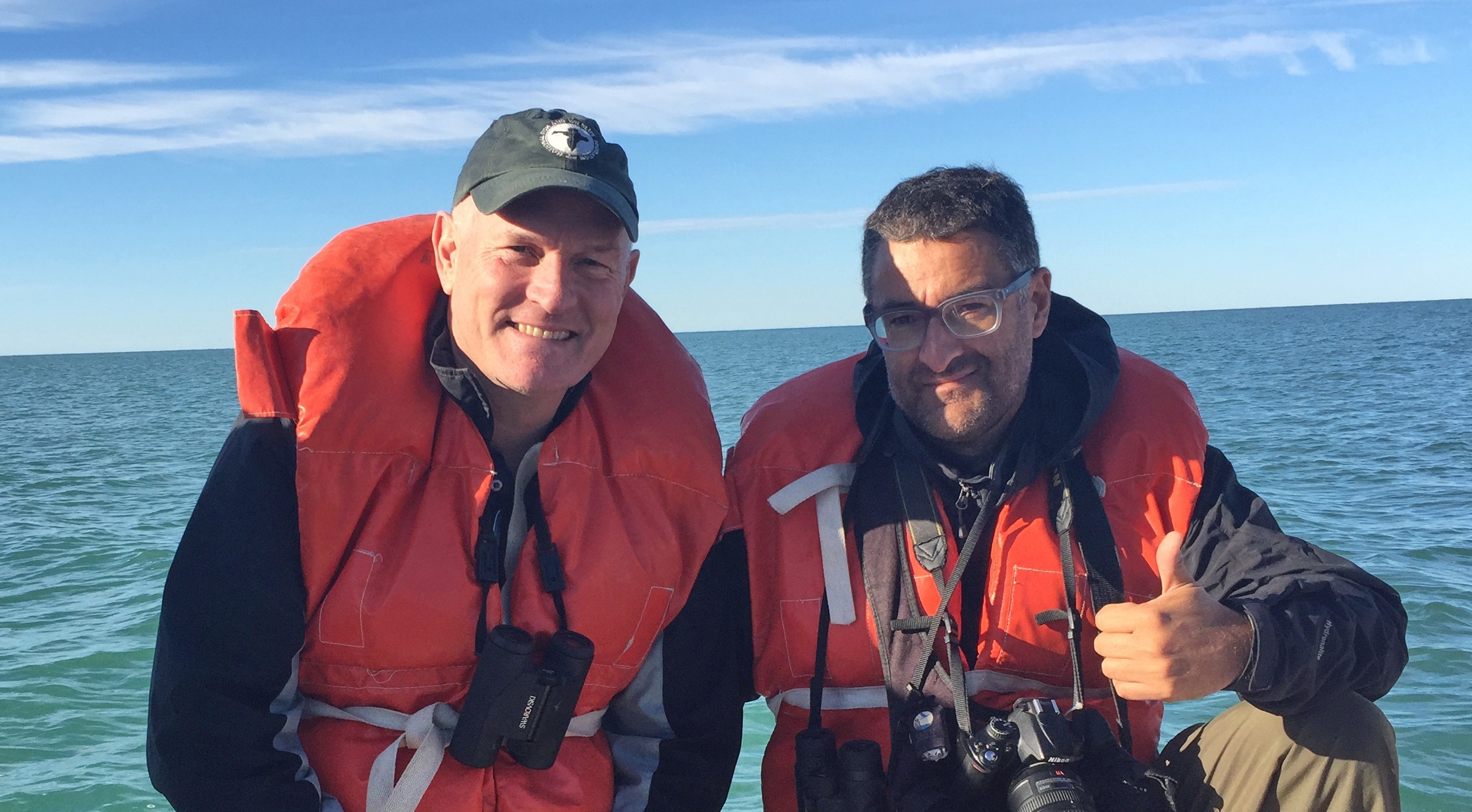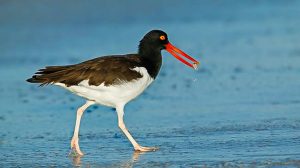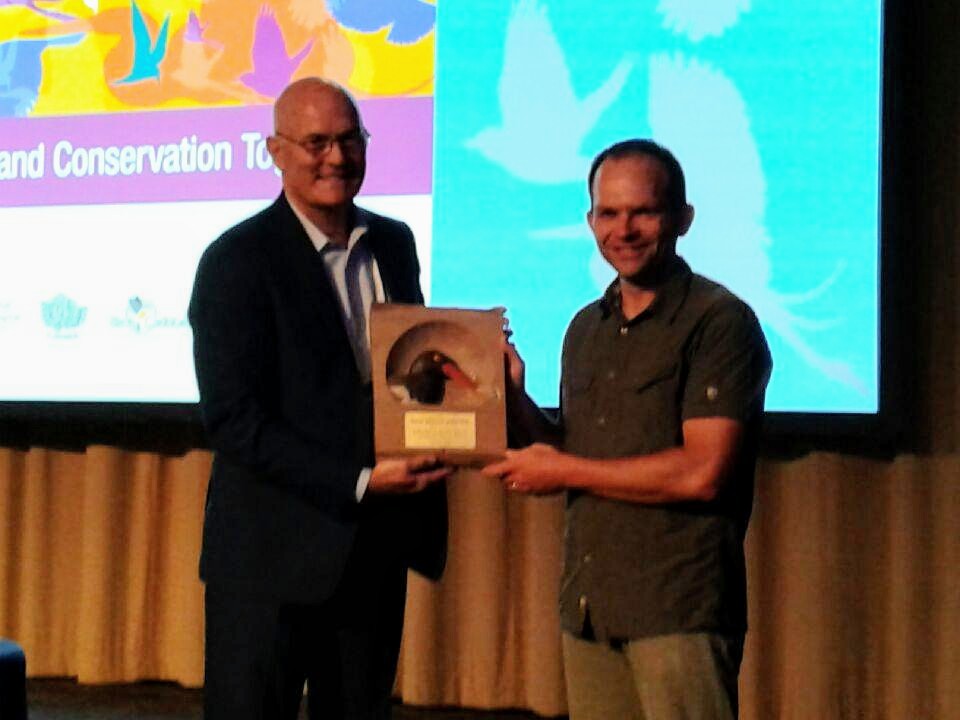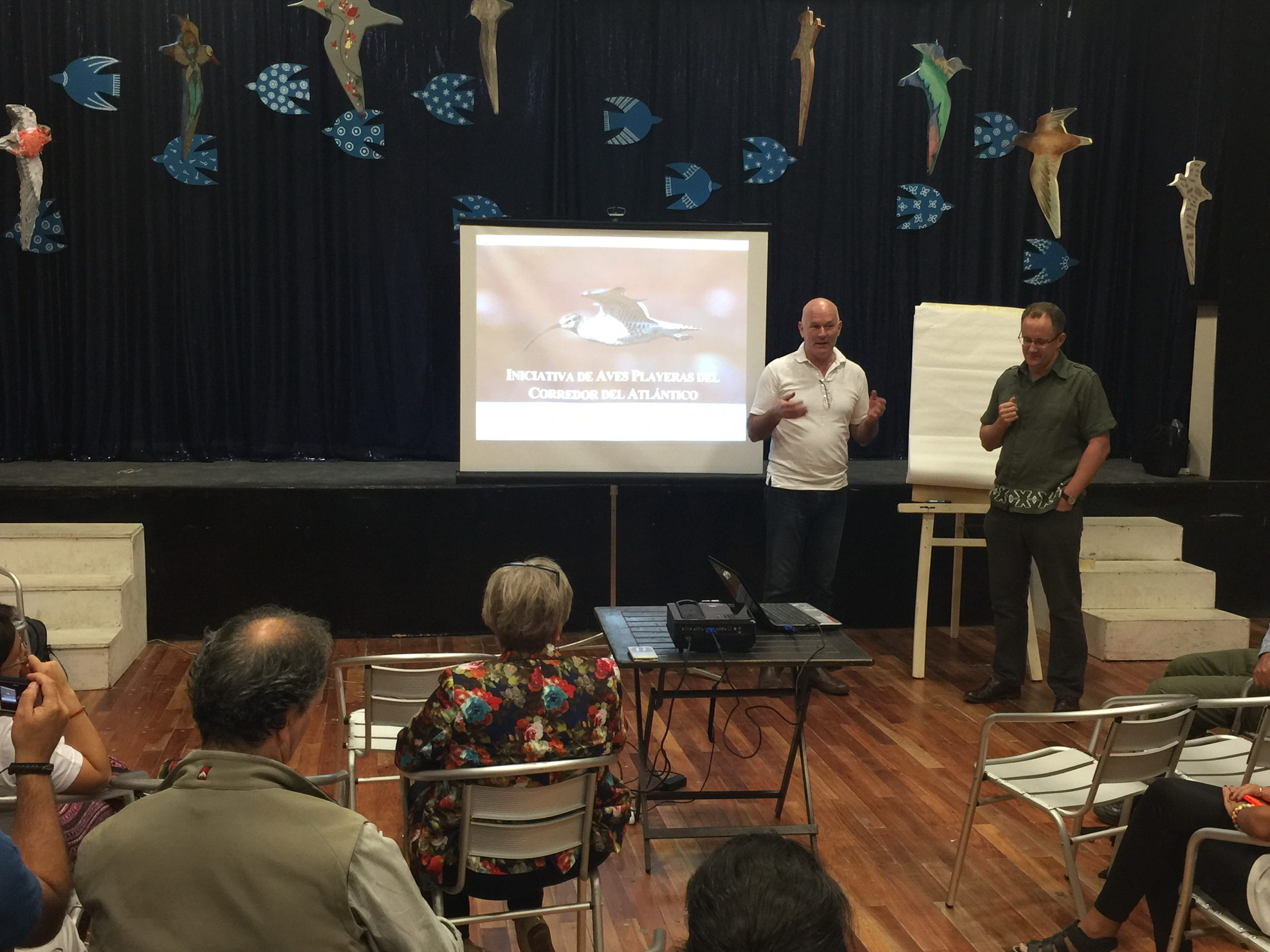One of Manomet’s core beliefs is that by working in partnership, we can more effectively influence and scale our impact. One key example of this partnership is the Atlantic Flyway Shorebird Initiative (AFSI), led by the US Fish and Wildlife Service (USFWS). Manomet serves on the Executive Committee of AFSI, working closely with Scott Johnston of the USFWS. We had the opportunity to sit down with Scott to get an update on the ASFI business plan and some of his other work.
Tell us a little bit about your work at the USFWS.
I am the Branch Chief for Populations in the Division of Migratory Birds, US Fish and Wildlife Service, Northeast Region. The Branch of Populations focuses on waterfowl, land birds, shorebirds, and water birds. I oversee all of our work in those areas, and we usually have staff associated with each of the initiatives. I’ve taken on a big role in the Atlantic flyway for shorebirds, and then with some of our seabird work, I’ve done quite a bit of work, particularly related to offshore wind.

Speaking about the Atlantic flyway, we’re now five years into the Atlantic Flyway Shorebird Initiative (AFSI) business plan. Can you tell me what you feel is the greatest success?

Well, I think that the AFSI business plan has shown that dedicated effort, strong leadership, and dedicated funding can really impact populations. For example, looking at the American Oystercatcher, which Manomet has played a key role in conservation for many years, we’ve turned declines around into an increasing population. That doesn’t get accomplished without the AFSI business plan. Now, this success hasn’t translated to many other species, but we’re not finished with the work by any means.
Over the last five years, I’ve been most impressed with how our approach with this business plan has changed how people think and talk about conservation. We invented the concept of a business plan for conservation – nobody had thought of it that way before. Now you hear that phrase being tossed around a lot because it’s about a return on investment. It’s the idea that there is funding dedicated to these actions, and this is what we think we’re going to get out of it, either increasing productivity or reducing mortality or something similar so that there is a population-level impact. People across the US and even internationally are using this concept in their initiatives, many of which aren’t even about shorebirds.

The last thing that I’m amazed about is how this has highlighted how people are connected. I’ve talked to people who work in Chile or Argentina, and they say for the first time, I actually feel like the work I’m doing is connected to a larger initiative. I’ve heard that up and down the flyway. It’s resonated for me: people are in this together.
Switching gears, can you tell us a little more about the offshore work you’re doing and the impacts you see for shorebirds?
We’re still pretty early in really trying to understand what the potential impacts might be.] When the Bureau of Ocean Energy Management (BOEM) first started talking about offshore wind, they came to us and asked us what we knew about shorebirds and marine birds in an offshore environment. At that point, we had to say that we know very, very little. Here on the Atlantic, there had been some surveys done in the 1970s, but no real repeated survey efforts.
We have been able to engage with BOEM and multiple other partners to start up various survey efforts to fill in those information gaps: everything from boat and aerial surveys to satellite telemetry to radio telemetry. Across the sectors, everyone has been incredibly collaborative: from developers to consultants to the states to the other federal agencies, NOAA and BOEM. It’s really like nothing that I’ve seen before. We’re trying to work together to make sure we’re reducing the potential impacts.





 Back to all
Back to all
